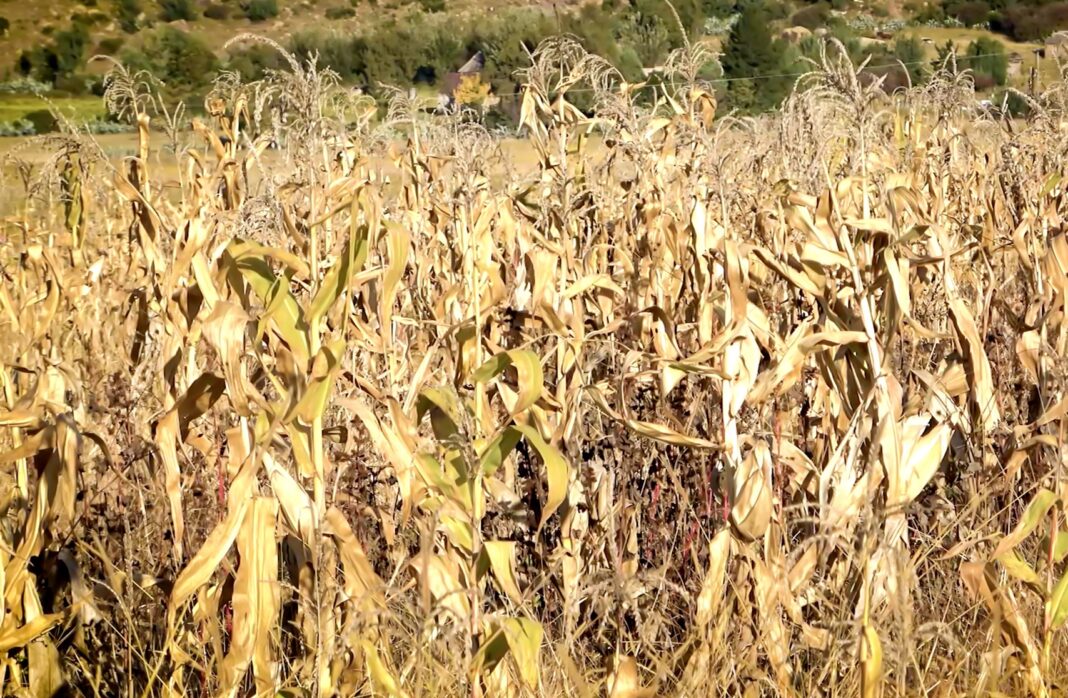By Seleoe Nonyane
Challenges relating to power supply in the region dominated proceedings at a one-day Southern African Power Pool (SAPP) meeting that was hosted by the Lesotho Electricity Company (LEC) in Maseru last week.
The 60th SAPP management committee meeting brought together 130 representatives of power utilities for SADC member states. They included general managers, directors, senior engineers.
The aim of the meeting, among others, was to look at various issues from the planning, project preparation, operations, markets and environmental areas; it provided a platform to address the issues with a view to jointly implementing interventions.
The SAPP was created in August 1995 at the SADC summit held in Kempton Park, South Africa, when member governments of SADC (excluding Mauritius) signed an Inter-Governmental Memorandum of Understanding for the formation of an electricity power pool in the region under the name of the Southern African Power Pool. The ministers responsible for energy in the SADC region signed the Revised Inter-Governmental Memorandum of Understanding on 23 February 2006.
The SAPP coordinates the planning and operation of the electric power system among member utilities and provide a forum for regional solutions to electric energy problems.
It promotes investment in individual countries because now investors can now come in Lesotho and set up power generating machines and sell electricity in other countries. This is intended to increase member countries’ economic activity.
In Lesotho, the pool also helps in the pricing of electricity. Utilities such as LEC will now be able to see in the pool where they can get cheaper electricity from the regional countries. This will on the other hand reflect on consumers as they may end up buying electricity at the cheaper price or prices not increasing every time.
According to SADC documents, the SAPP has many long-term goals it wishes to achieve. One of the main goals is to increase the accessibility of electricity to rural communities. Another goal is to improve the relationships between the member countries. There is need to develop sustainable development priorities, and to co-ordinate the planning of electric power.
Along with industrial productivity, electricity generation can assist in the SADC’s mandate of poverty elimination across Southern Africa. Only five percent of rural areas in Southern Africa have access to electricity. Lack of electric power impedes their access to clean water, limits the availability of food, and constrains access to clean, sustainable sanitation.
In 2010, SADC passed the Regional Energy Access Strategy and Action Plan, which aims to combine regional energy resources as a means of ensuring the entire SADC region has access to affordable, sustainable electricity.
The plan’s goal is to reduce the number of people in the region without access to energy by 50 percent in the next ten years. Then reduce the remaining population by 50 percent in the next five years, and continue cutting it in half every five years until the region has universal access.
The most recent developments to the Southern African Power Pool came between the years of 1995 and 2005, where multiple interconnections were added. In 1995, an interconnector that ran from South Africa to Zimbabwe was completed, a Mozambique-South Africa interconnector was fixed in 1997, a Mozambique-Zimbabwe interconnector was finished, and most recently two power lines connecting South Africa to Maputo were completed.
In another development, critics have been blaming poor planning for Southern Africa power problems. Many cities and towns in Southern Africa resemble ghost towns at night as relentless and rolling power cuts have become the norm. The countries are struggling to generate enough power to meet demand. This was not unforeseen, but a culmination of maladministration and lack of forward think on the administrations in many of the countries.
They claim most of Southern Africa is in darkness largely due to the poor leadership the governments have had since independence, who were more concerned about their personal welfare and wealth accumulation than national development.
Speaking at the official opening of the meeting, the minister of natural resource Mohlomi Moleko, said the challenges facing SAPP are not beyond solution, adding the region can save up to $30 billion if coordinated planning is followed as per the estimated SAPP Pool Plan of 2017.
Moleko said SAPP is also working on the Regional Transmission Financing Facility to unlock transmission constraints and promote the financing and development of new transmission infrastructure.
“The proposal is an innovative approach of how regional interconnectors can be accelerated. As minsters responsible for energy in the SADC region we look forward to interconnections of the three remaining countries namely, Angola, Malawi, and Tanzania.
“The interconnections of these three countries will result in the region benefiting fully from the optimal use resources resulting in significant cost savings. I am informed that, among others, the meeting will look at various issues from the planning, project preparation, markets and environmental areas.
“The SADC region has a huge energy resource potential in the form of coal, hydro gas, and renewable energy that need to be exploited in the economically sound and sustainable manner for the benefit of the region. The government of Lesotho has decided to undertake a systematic approach to explore and exploit new generation initiatives, in particular in the renewable technology spaces due to their quick deployment. This is due to the fact that the entire power generation in the country comes only from one source being the ‘Muela Hydro Power Plant with the maximum demand of 196 Mega Watts. The excess demand was met with imports from South Africa and Mozambique as well as SAPP markets, and this made the current power demand to exceed the total installed supply capacity,” the minister said.
For his part, LEC’s managing director Mohato Seleke pointed out that Lesotho was faced with a lot of challenges, the obvious one being the aftermath of the Covid-19 pandemic.
He also said that one major problem was a plant which had been down, thereby posing a lot of challenges.
“Other problems are a result of climate change, flooding and draught which affected some parts of the region. However, there are opportunities emerging such as the strong consumption of electricity and also on the trade side of the region.”









